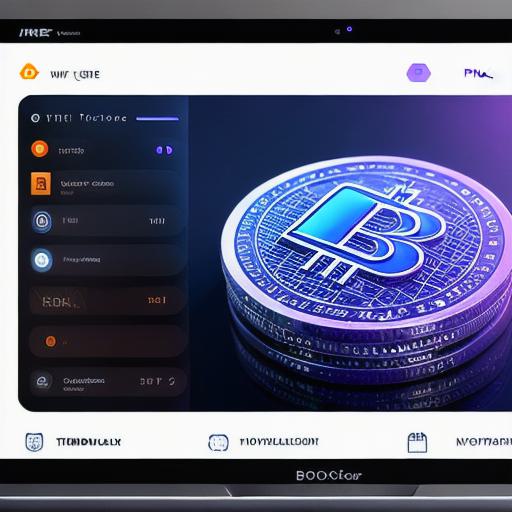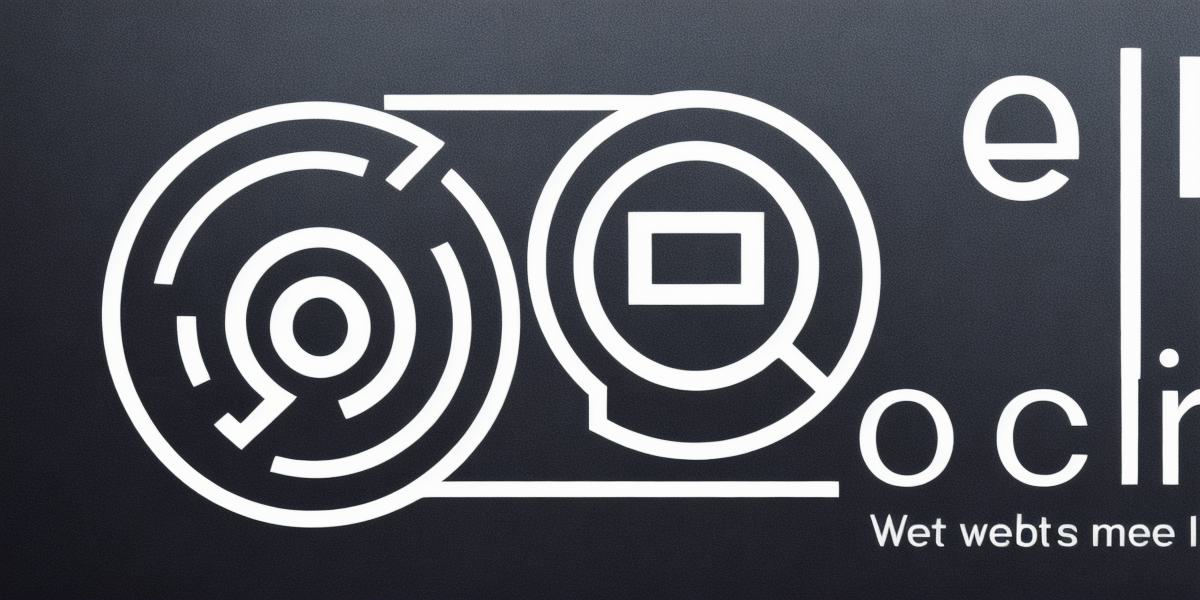Are Web3 and Web 3.0 interchangeable terms, or do they have different meanings? This is a common question in the world of web development, especially among those who are interested in blockchain technology. In this article, we will explore the differences between Web3 and Web 3.0 to help you make an informed decision about which one to use in your project.
What is Web3?
Web3 refers to a decentralized web that uses blockchain technology to enable peer-to-peer communication, secure transactions, and data storage. It is designed to be more secure, transparent, and resilient than the current centralized web.
Some of the key features of Web3 include:
- Decentralization: Web3 relies on distributed networks of computers that work together to validate transactions and maintain consensus. This eliminates the need for intermediaries like banks or governments, making it possible to conduct transactions without intermediaries.
- Smart Contracts: Smart contracts are self-executing programs that can automate complex business processes and enforce rules. They enable businesses to operate more efficiently and securely by reducing the need for intermediaries.
- Tokenization: Tokenization is the process of creating digital representations of assets like real estate, artwork, or collectibles. Tokens can be traded on blockchain networks, making it possible to access and own these assets without intermediaries.
What is Web 3.0?
Web 3.0 refers to a more advanced version of the decentralized web that incorporates machine learning, artificial intelligence, and other cutting-edge technologies. It is designed to create an even more intelligent, autonomous, and interactive web that can learn from users and adapt to their needs.
Some of the key features of Web 3.0 include:
- Machine Learning: Web 3.0 incorporates machine learning algorithms that enable applications to learn from user behavior and make predictions about future actions. This enables businesses to create more personalized experiences for their customers.
- Natural Language Processing: Web 3.0 includes natural language processing (NLP) capabilities that enable computers to understand and interpret human language. This makes it possible to build chatbots, virtual assistants, and other conversational applications that can interact with users in a more natural way.
- Decentralized Data Storage: Web 3.0 uses decentralized data storage solutions like InterPlanetary File System (IPFS) to enable secure and efficient storage of large amounts of data. This makes it possible to create applications that can scale to handle massive amounts of data without relying on centralized servers.
Are Web3 and Web 3.0 the same thing?
No, Web3 and Web 3.0 are not the same thing. While both refer to decentralized webs, they have different meanings and focus on different aspects of blockchain technology.
Web3 focuses primarily on the technical aspects of a decentralized web, such as smart contracts, tokenization, and distributed networks. It aims to create a more secure, transparent, and resilient web that can operate without intermediaries.
Web 3.0, on the other hand, builds upon the foundation of Web3 by incorporating advanced technologies like machine learning and natural language processing. It aims to create an even more intelligent, autonomous, and interactive web that can learn from users and adapt to their needs.
Conclusion


In conclusion, Web3 and Web 3.0 are not the same thing, but they share some commonalities. Both refer to decentralized webs that use blockchain technology to enable peer-to-peer communication, secure transactions, and data storage. However, Web3 focuses primarily on the technical aspects of a decentralized web, while Web 3.0 incorporates advanced technologies like machine learning and natural language processing to create an even more intelligent and interactive web. As a Web3 developer, it is important to understand the differences between these two concepts and choose the one that best fits your project requirements.
